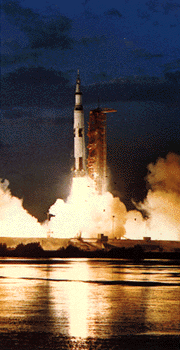Picture of Apollo 4 launch.
NASA
Apollo
To learn more about a specific mission from the Apollo program, the most successful and expensive space program in human history, select one of the links below:
You might also be interested in:

What types of instructional experiences help K-8 students learn science with understanding? What do science educators teachers, teacher leaders, science specialists, professional development staff, curriculum designers, school administrators need to know to create and support such experiences?
...more
The Apollo space program, scheduled for its first launch on Feb. 21, 1967, started in tragedy. On Jan. 27, 1967, astronauts Gus Grissom, Ed White, and Roger Chaffee were executing a dress rehearsal when
...more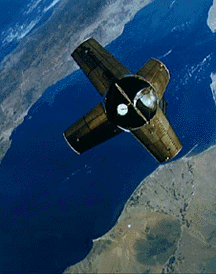
The Apollo 7 mission was launched on Oct. 11, 1968, carrying astronauts Walter Schirra, Jr., Donn Eisele, and Walter Cunningham on board. It successfully accomplished all its objectives, giving NASA and
...more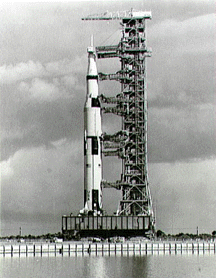
Originally planned as another Earth orbiting mission like Apollo 7, Apollo 8's objectives were changed due to pressure of beating the Soviet Union in the race to the Moon. Powered by the Saturn V rocket,
...more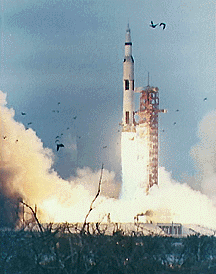
The major goal of the Apollo 9 mission was to conduct the first tests of the Lunar Module and other new space equipment. The Lunar Module was the latest piece of hardware designed to safely carry astronauts
...more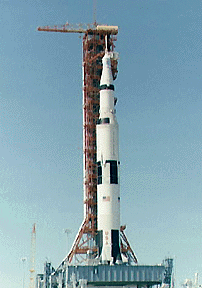
Apollo 10 was launched on May 18, 1969, carrying astronauts Thomas Stafford, John Young, and Eugene Cernan. It served as a "dress rehearsal" for the Apollo 11 lunar landing mission which followed a month
...more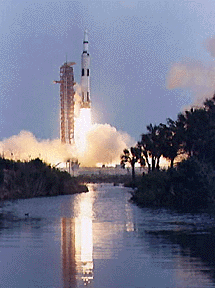
After the Apollo 1 fire, NASA suffered its second failure in the Apollo program with their thirteenth space mission. Apollo 13 was launched on Apr. 11, 1970, carrying astronauts James Lovell, John Swigert,
...more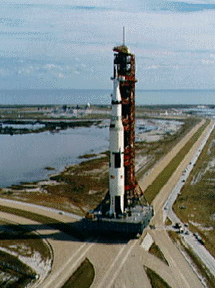
Astronauts Alan Shepard, Stuart Roosa, and Edgar Mitchel were launched from Earth on Jan. 31, 1971 aboard Apollo 14. Their mission was to land on the Moon and carry out experiments on it surface, similar
...more
